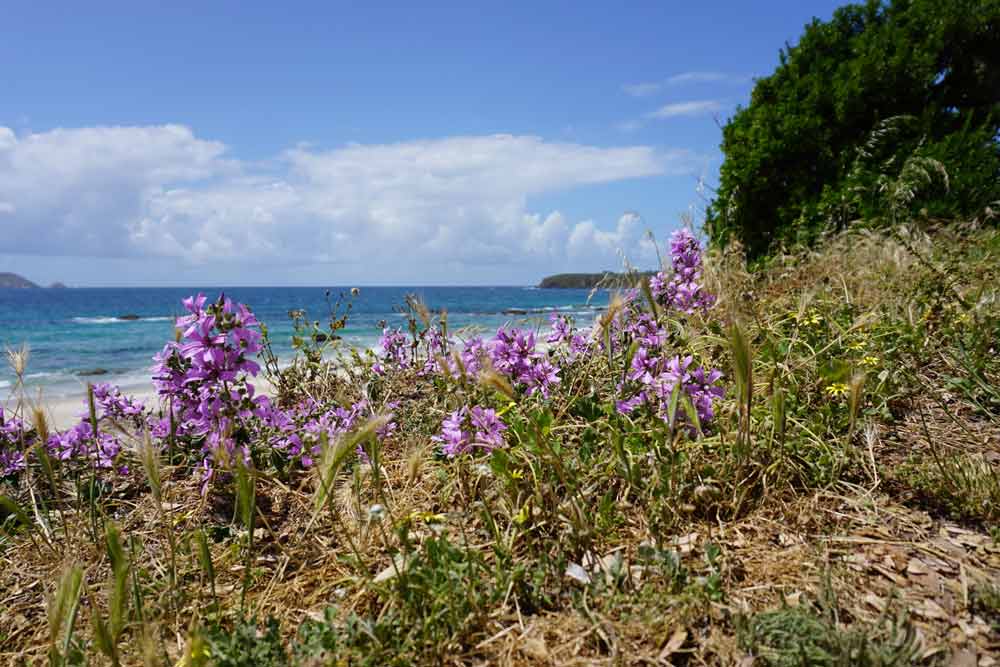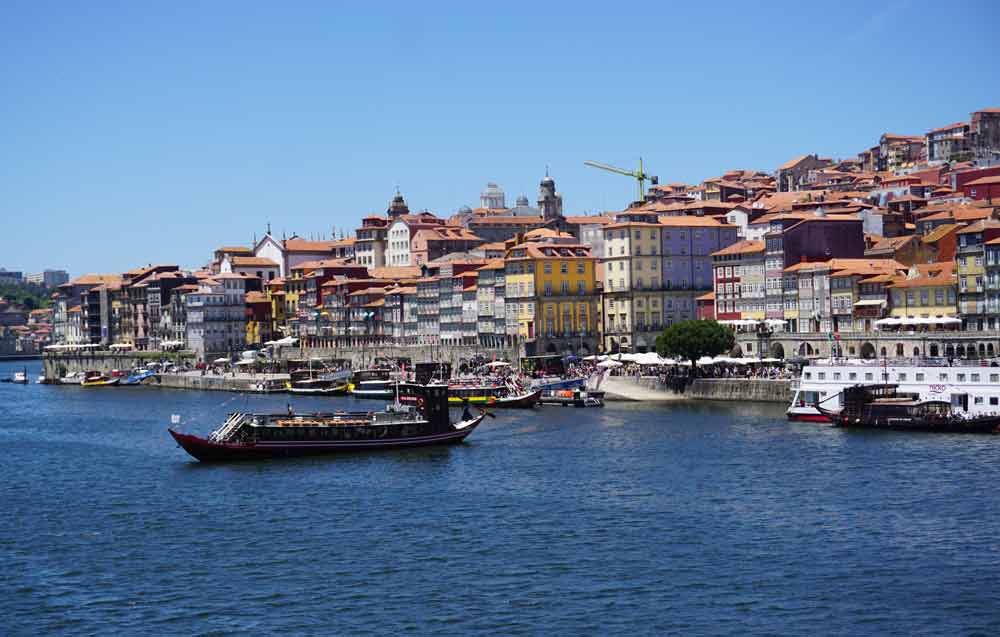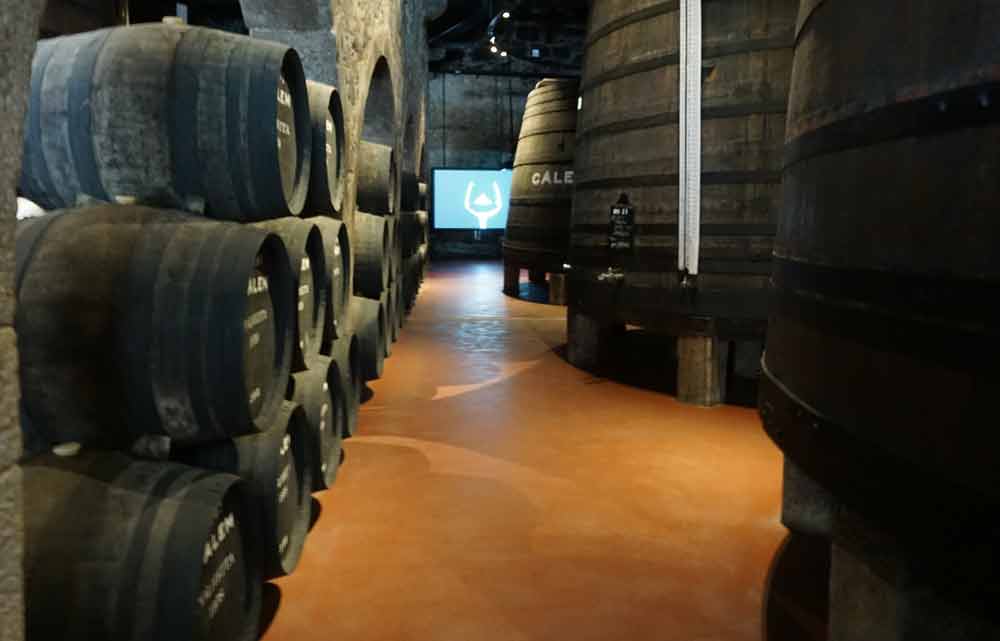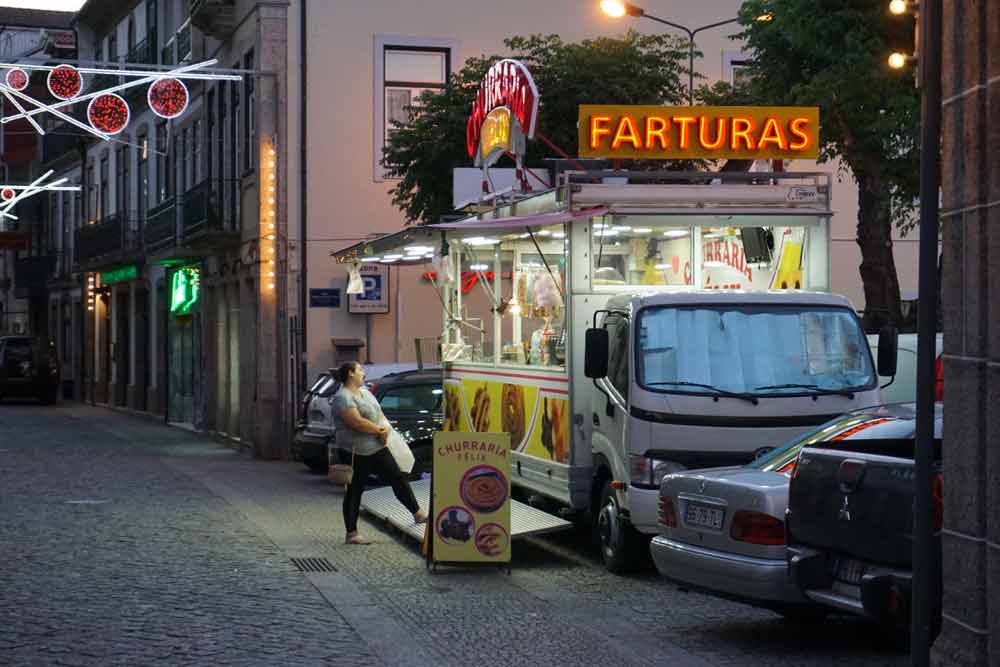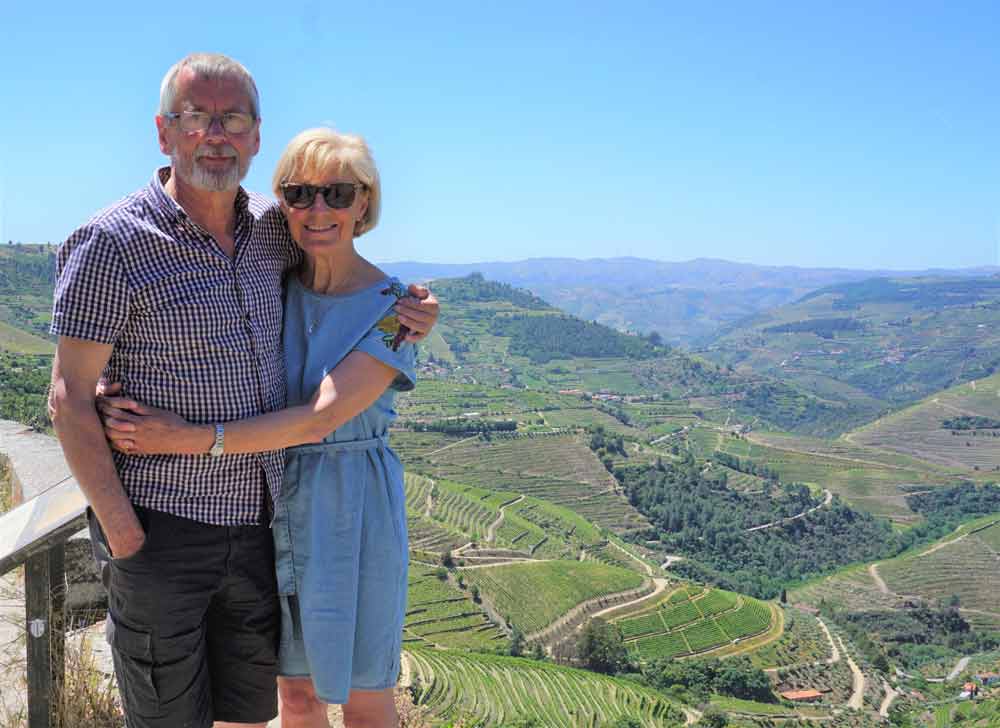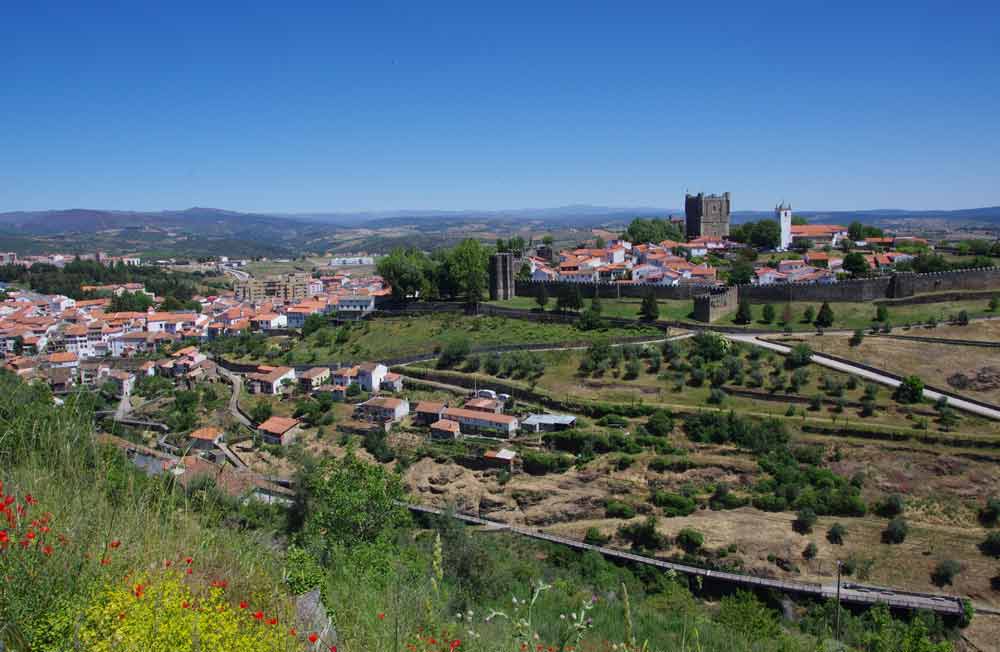On Tuesday we got an email from Brittany Ferries explaining that due to mechanical problems with the ferry our return destination had been changed to Plymouth instead of Portsmouth. This turned out to be a bit of a mixed blessing as, given that we’d already just about done everything and been everywhere that we’d planned, it gave us the opportunity to bring forward our return by a few days. So, unexpectedly we found ourselves on the last couple of days of our holiday.
Leaving the Picos we headed north towards the narrow coastal plain and the small town of Comillas which boasts the ‘Capricho’, one of the few houses outside Catalonia to have been designed by Antoni Gaudi, some of whose work we’d seen when visiting Barcelona a number of years ago. We spent a pleasant hour or so wandering around the villa which, as well as being architecturally unique (and not a bit whacky), contains some beautifully made art nouveau furniture – fantastic to look at, but wholly impractical to live with.
 We stayed that night at a camperstop just to the south of Santander near Cabárceno on the edge of the Nature Park, which turned out to be a large naturalised space reclaimed from a former open cast mine. According to the website: “The natural park is home to a hundred animal species from five continents living in semi-free conditions, which are distributed in large enclosures where one or more species coexist. Except for food provided to them, the rest of the animal’s activities are marked by their almost total freedom. Almost all of them trigger fights and mating season struggles for control of females.” Sounds just like parts of the Cotswolds!
We stayed that night at a camperstop just to the south of Santander near Cabárceno on the edge of the Nature Park, which turned out to be a large naturalised space reclaimed from a former open cast mine. According to the website: “The natural park is home to a hundred animal species from five continents living in semi-free conditions, which are distributed in large enclosures where one or more species coexist. Except for food provided to them, the rest of the animal’s activities are marked by their almost total freedom. Almost all of them trigger fights and mating season struggles for control of females.” Sounds just like parts of the Cotswolds!
On Thursday morning the weather had improved a little, which made for a pleasant and fairly simple two-hour drive along the coast to Bilbao’s port from where we’d started our holiday some four weeks earlier. This time we’d been given a four birth cabin which meant that Denise didn’t have to sleep on the upper bunk with her nose pressed against the ceiling. Once again the Bay of Biscay was almost a flat calm and to her immense excitement, and making a perfect end to the holiday, Denise was convinced that she saw a whale – I knew that buying her that glass on wine was a mistake!








